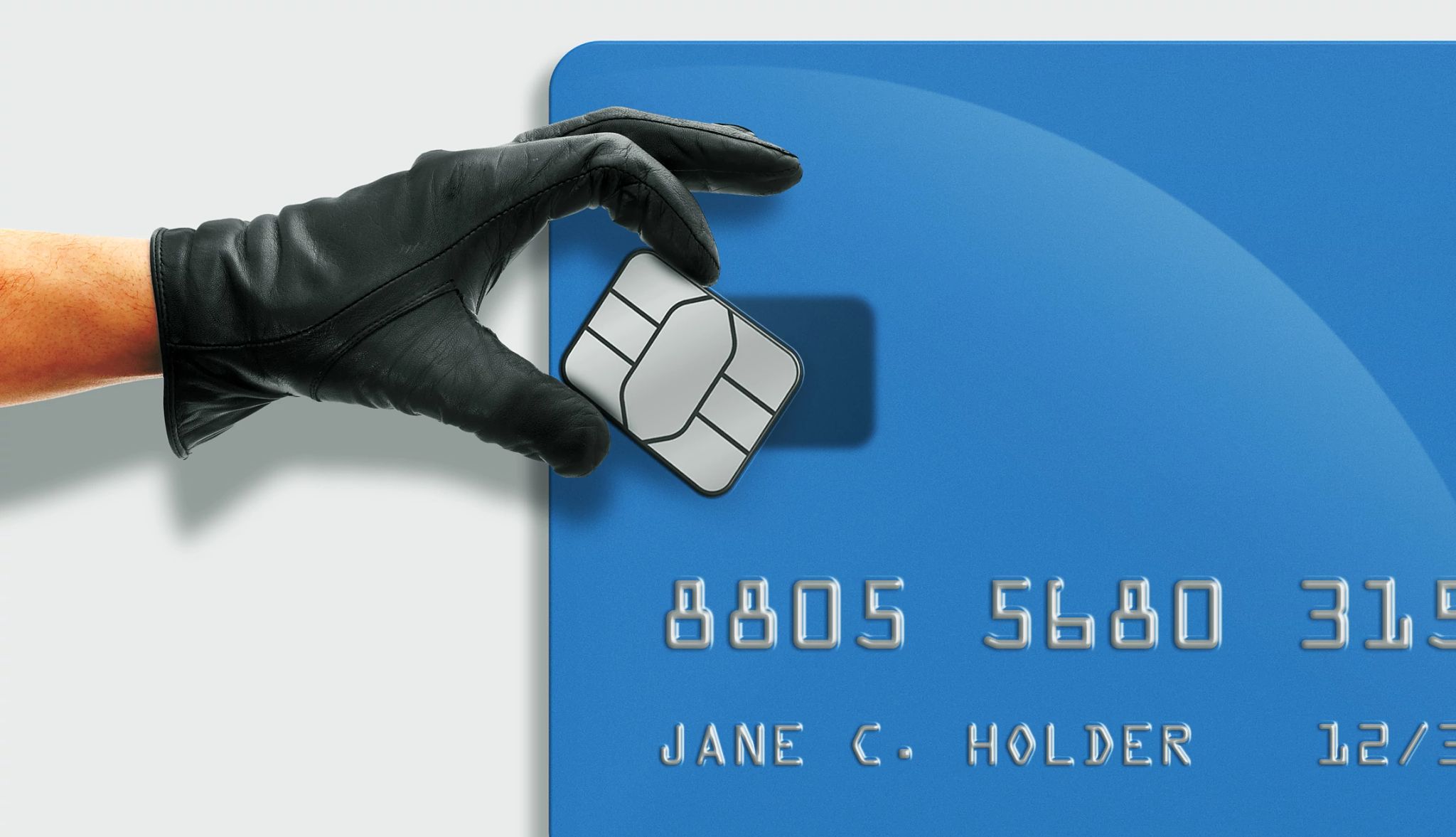AARP Hearing Center


Whether you use it to buy groceries, gas or clothing, you probably swipe your credit or debit card multiple times a day at payment terminals. These EMV cards, as they’re known, have a small computer chip in the corner that you insert or “dip” into payment terminals. That chip is meant to make your transactions more secure than they were in the days when we used to swipe our card’s magnetic stripe through payment terminals. The chip, for one, makes it far more difficult for criminals to produce counterfeit cards.
But after nearly a decade of watching consumers dip rather than swipe (chip cards were introduced in 2015), scammers have realized that they don’t have to duplicate EMV cards in order to hack them. They just need to steal the chips — and, unfortunately, they’ve figured out a way to convince people to hand them over.
How the chip card scam works
The FBI explained in a recent alert what the scam typically looks like:
It starts when a scammer calls you claiming to work for your bank. They may have even spoofed your bank’s phone number, in which case the caller ID will look authentic. In a ruse to make you concerned about suspicious activity on your account, they’ll likely ask about recent transactions you’ve made, which they might be able to see by logging into your account with your username and password. They probably have other personal information, too, like your address and account number. Although the FBI says it’s unclear how scammers are getting this sort of personal data, it’s likely that they’re harvesting it from the dark web.
At this point, the call probably seems legit. Naturally, you become alarmed. While you’re in a state of heightened anxiety, the scammer says the bank needs to send a courier to pick up the card so they can immediately secure it. Minutes later, possibly while you’re still on the phone, the supposed courier arrives to collect the card. They cut your card in half on the spot, but keep intact the embedded chip, which they take with them. If they don’t already have it from the dark web, scammers might also persuade you to volunteer your PIN.
With your chip and PIN in hand, the criminals can promptly use it to steal money from your account or ring up thousands of dollars in charges. Sometimes, however, the theft occurs much later, says Paige Schaffer, CEO at Iris Powered by Generali, an identity and cyber protection company owned by multinational insurance company Generali. “So, you might hand over your chip, and then it will be six months or a year — once you’ve let your guard down — before they start using it,” she says.
Joshua Lee, a sergeant for the Mesa Police Department in Mesa, Arizona, has seen a variation of the same scam, where “victims were instructed to mail their cut credit cards to a fictitious processing center, which was a forwarding post office box,” Lee says. “Once the criminals receive the cut cards, they simply just use the portion containing the EMV chip to make purchases.”






























































More From AARP
Avoid Airline Scams When Booking Your Next Flight
Common schemes involve fake booking sites and bogus customer service repsFraud Victims Hit Again by Scammers Promising to Recover Stolen Cash
Be aware of criminals’ touting recovery scams when you’re feeling desperate to be made whole againWhat to Do If You've Just Been Scammed
How one woman worked quickly — with help — to avoid being charged through PayPal
Recommended for You